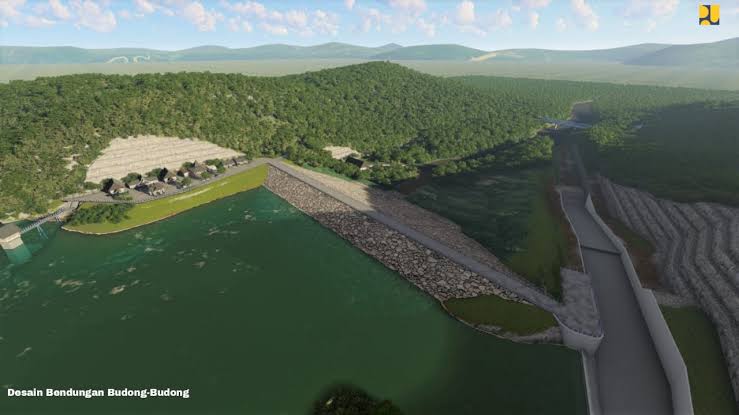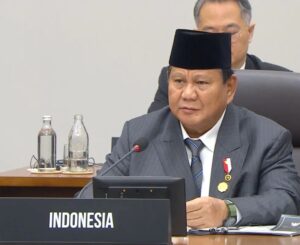Major Infrastructure Development Underway: Construction of Budong-Budong Dam in West Sulawesi

Jakarta, The Gulf Observer: The Public Works and Public Housing Ministry of Indonesia is actively engaged in the construction of the Budong-Budong Dam. This ambitious project, situated in Central Mamuju District, West Sulawesi, marks a historic moment as it stands to become the first dam in the province.
Outlined as part of the national strategic projects (PSN) in Presidential Regulation Number 109 of 2020, the Budong-Budong Dam project aims to bolster water storage capacity. This strategic initiative is designed to support vital programs focused on food and water security, as highlighted in a press release by the ministry on Sunday.
Basuki Hadimuljono, the Minister of Public Works and Public Housing, emphasized the dual impact of the project, stating, “Thus, dams built at large costs can be beneficial because the water will be flowing to farmers’ rice fields.”
Under the administration of the Sulawesi III River Basin Center (BWS), part of the Directorate General of Water Resources of the Public Works and Public Housing Ministry, the Budong-Budong Dam is taking shape to cover an extensive irrigation network spanning 3,577 hectares. The dam is projected to have an impressive storage capacity of 65.18 million cubic meters.
Dedi Yudha Lesmana, Head of Sulawesi III BWS, provided insight into the timeline, revealing that the construction contract was signed on December 8, 2020. Construction commenced in September 2023 and is currently at a completion stage of 27 percent, with a budget of Rp1.02 trillion allocated for this monumental project.
Highlighting the potential raw water benefits, the ministry mentioned that the Budong-Budong Dam is estimated to yield 410 liters per second. This substantial water source is anticipated to be a crucial asset for the burgeoning development in Central Mamuju District, supporting wetland agriculture and various industries.
Moreover, the dam is poised to play a vital role in mitigating floods in disaster-prone regions, particularly in Budong-Budong, Topoyo, and Karossa Sub-districts. It is projected to reduce water flow by 60 percent, from 341.59 cubic meters per second to 106.76 cubic meters per second, according to the ministry’s press statement.
The Central Mamuju District, traversed by seven rivers, including the Budong-Budong River, is set to witness transformative changes. The Salulebbo River, a tributary of the Budong-Budong River, will be dammed to create the Budong-Budong Dam, contributing significantly to the region’s overall development.
With an area dominated by dry land and secondary dry land, Central Mamuju District is a key agricultural hub, producing commodities such as rice, oil palm, cocoa, coconut, orange, coffee, medicinal plants, and patchouli. The construction of the Budong-Budong Dam is poised to be a pivotal step towards sustainable growth and resilience in the region.


